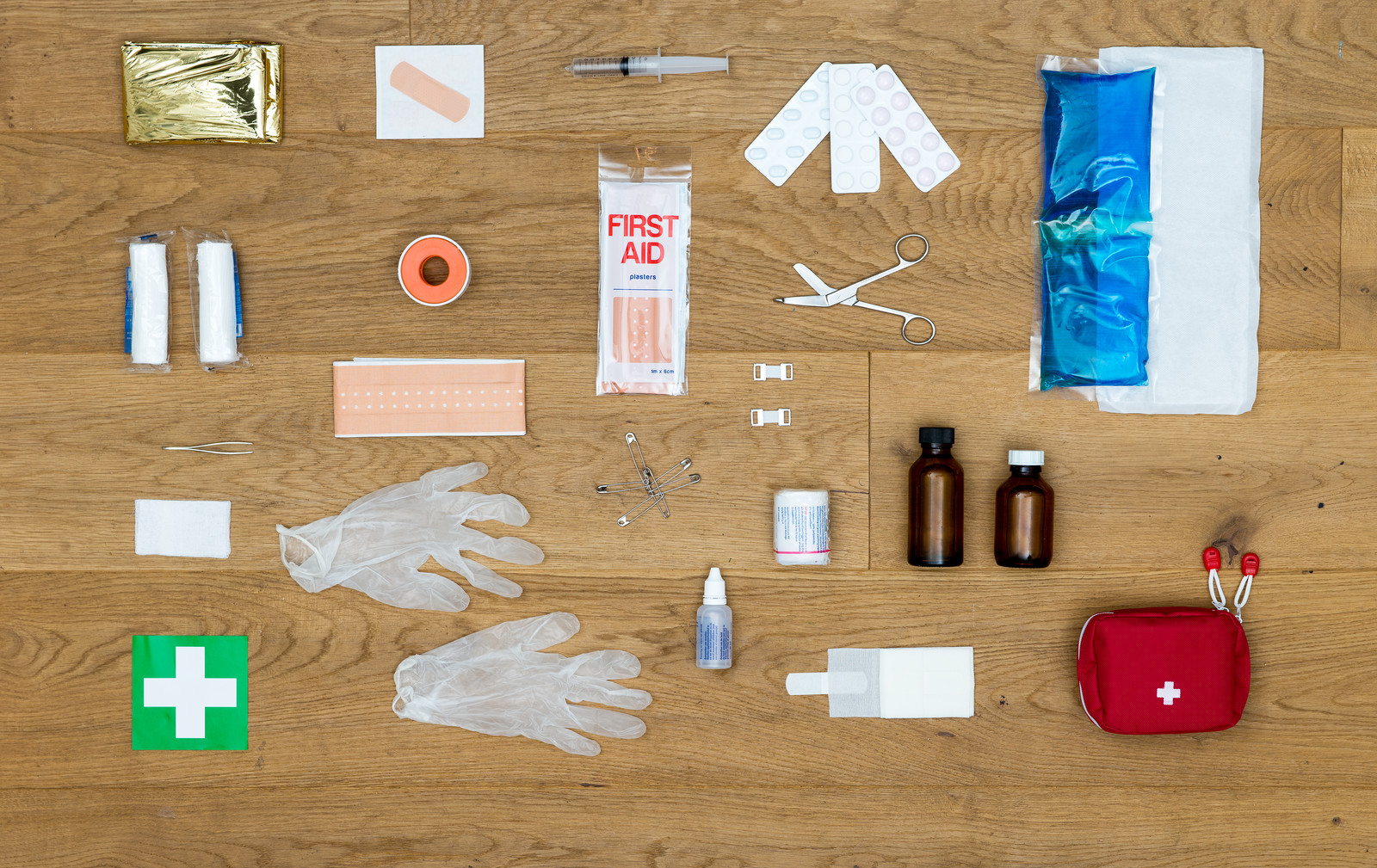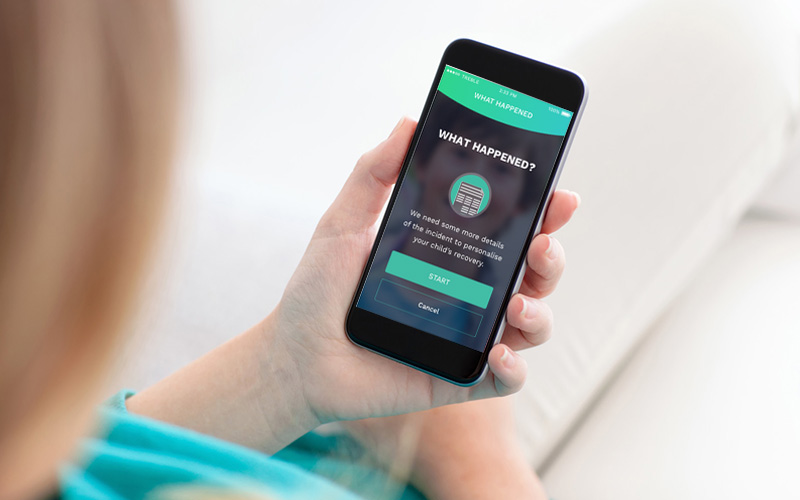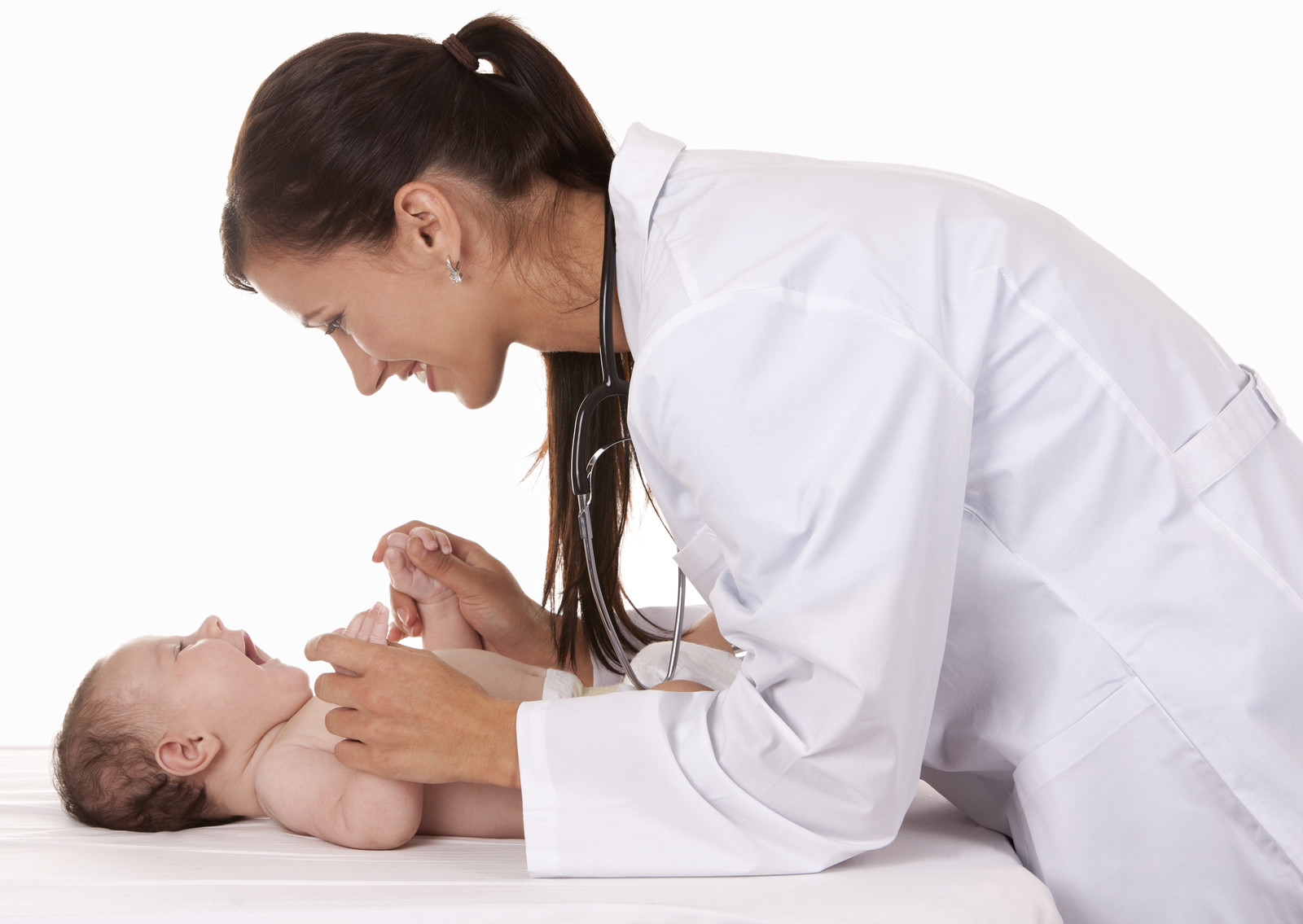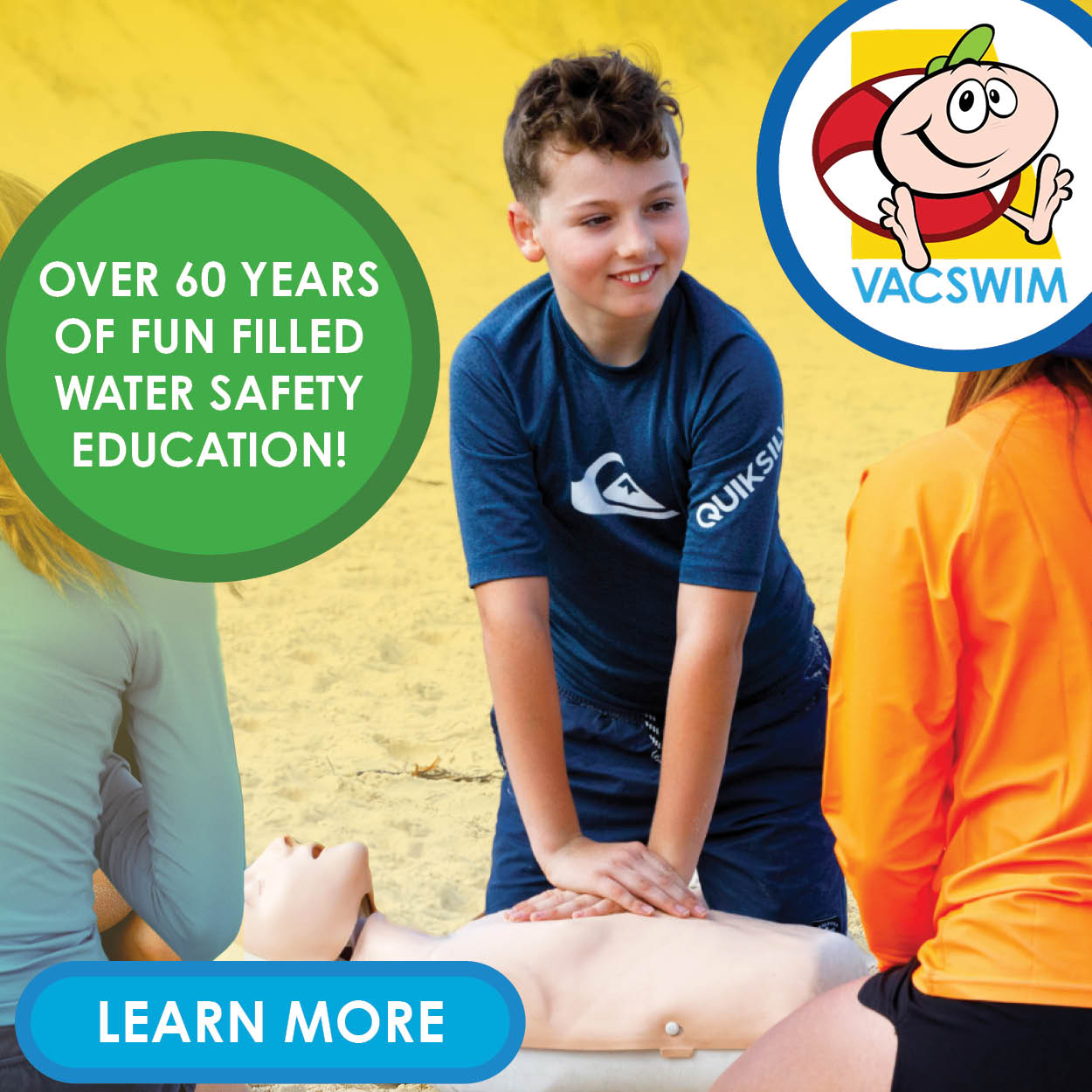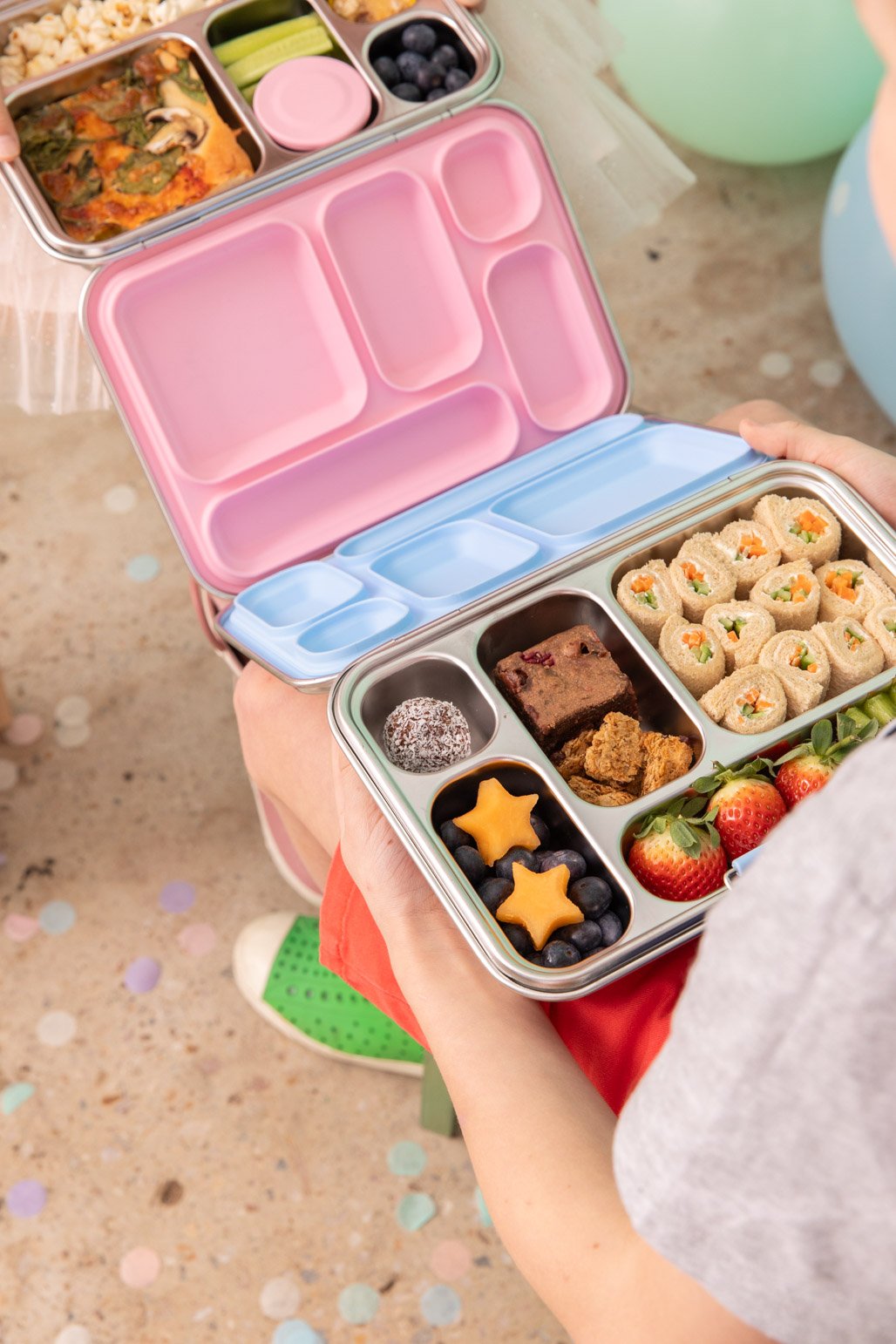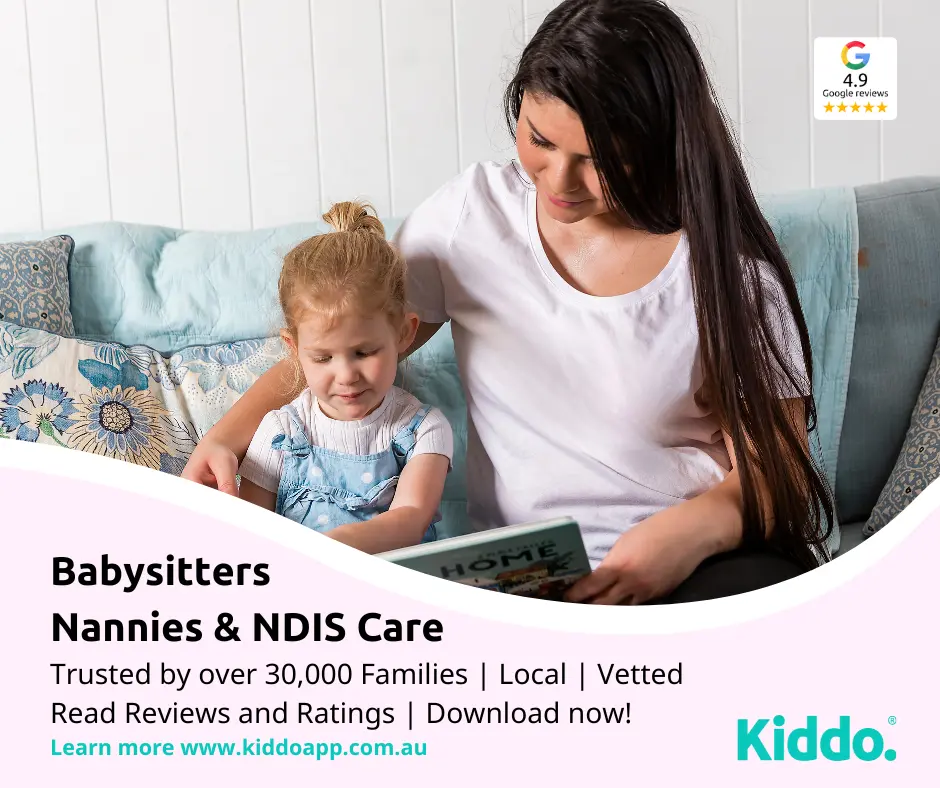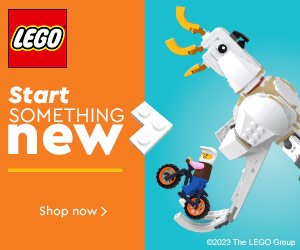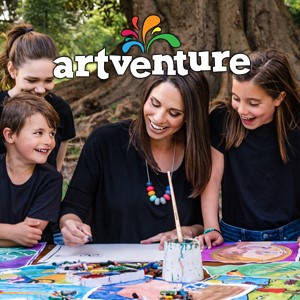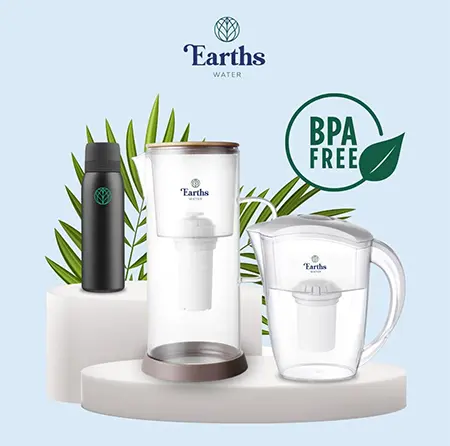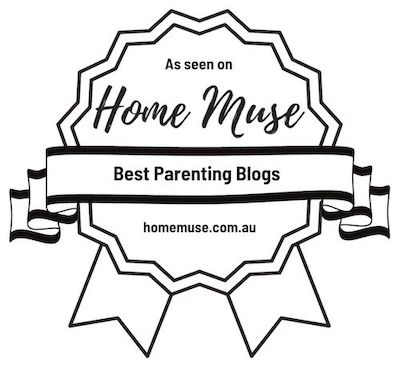As a Nurse in my 20’s I prided myself on being prepared for the unexpected…. then I became a Mother and realised that NOTHING prepares you for the unexpected like children do! It always amazes me the things that a mother carries around in her handbag. We prepare for different things based on our children’s age and development. However, sometimes it’s hard to prepare for the things that we would prefer not to think about, like our children getting injured or feeling unwell. Luckily, I am prepared for that, because my first aid kit has been getting a workout lately! I have even had to pause while writing this because my son came home with a split chin from his swimming lesson! What are the chances!! So, today I would love to share with you my essentials for a BASIC first aid kit for injuries and a few medical must haves for holidays with children.
Before I go into what to put in a first aid kit, I want to talk about where to keep it. Over the years I have built up several first aid kits that are modified based on where I keep them e.g. a big one in the camper trailer, a basic one in the car, band aids and basics at home. However, if I just had one kit, I would keep it in my car. The majority of times that I have needed my first aid kit I have been out and about. The walk over the oval to the car on the way home seems to be particularly treacherous for my children’s friends! If anyone was to get injured at home and I didn’t have a home kit, no problem, my car is home with me. So, I think the car is a GREAT place to keep a first aid kit!
Now what to put in it…. Remember you can always buy a ready-made first aid kit. But it might surprise you that they don’t all have the below items. This list gives you the flexibility of cross-checking it with a store bought one, OR, making up your own kit. Making your own is surprisingly cost effective and allows you to buy good quality items of a size that are child-friendly. The below list is a great starting point for a basic kit. You can then build on it based on your lifestyle needs e.g. camping, hiking etc.
The MUST HAVE first aid items for every family include (in no particular order)
- Container: I like being able to see all I have in my kit at one glance. It drives me crazy not being able to find what I need in the many compartments of a commercial kits. So, if you opt for a commercial kit please make sure you know where everything is before you need it! Otherwise a plastic food container works, or my fav a soft packing cell fits nicely under a seat or in a glove compartment.
- Gauze: Used to stop bleeding and clean wounds and many other things. I have been surprised to find that some standard kits do not come with gauze!
- Bandages: Ideally this should be a good quality bandage (a crepe at a minimum) in sizes appropriate for your family. Have several sizes. I love a multipurpose item and bandages can be used for compression to stop bleeding, to support a limb injury, to hold a dressing in place, for snake bites, to splint a limb or as a tourniquet.
- Triangular bandage: Another multipurpose item, don’t be afraid of a triangular bandage/sling! They can be used in place of gauze to stop bleeding, to splint limbs together or as a sling.
- Tape/Hyperfix: Micropore/paper tape is fine short-term for holding bandages and a dressing in place. However, I prefer hyperfix which as the name suggests is a very sticky tape. It comes in various sizes and can be cut to size depending on the purpose. It is fantastic teamed with a non-stick dressing and if you are a dressmaker then you can cut a slit in it to make a dart allowing movements over joints. Hyperfix has to be one of my most used item.
- Non-stick dressing/pads: To put on grazes and wounds and cover burns while you go to seek medical help. Remember wounds like to be kept covered so they can heal in a warm and moist environment. A variety of sizes works well.
- Band aids: These always come in handy. However, if you ever run out or a band aid isn’t big enough for the job then your non-stick dressing and hyperfix does the same job!
- Ice pack: A MUST have with children around! An instant icepack is great to start RICE treatment, for a bruise or a bite/sting. An ice-pack makes everything feel better my children say!
- Gloves: The first rule of First Aid protect yourself first. It’s best to be prepared as you don’t know who may injure themselves around you.
- CPR Mask/Shield: See above…. If you do not have a mask remember providing compression only CPR is better than doing nothing. I have a mask in my kit and on my keyring.
- Scissors: To cut tape, dressings and bandages to size.
- Tweezers: For splinters or even to remove stings.
- Needle probe: For those deeper troublesome splinters.
- Saline: To clean wounds and flush eyes.
- Plastic bags: Great to help clean up used items.
- A notepad and pen: To make notes or take down details of people if needed.
A first aid course rounds this off nicely to give you the confidence to use your kit. In my courses you also get a first aid manual which is great to keep with your kit.
I also keep a little box of basic medical items that stays in the house and comes with us on holiday or camping. Typically, the holidays that I have not taken it have been the one’s when a child develops a fever. This box has the few things I would need to get me through the night if a child was unwell, uncomfortable, or if I was worried a wound was infected until I could get to the nearest Dr. I have tailored it to the needs of MY family and I encourage you to do the same especially if your child has any medical conditions.
My medical box contains:
Child Paracetamol: choose a strength for your children’s age
Thermometer: The right thermometer is a blog in itself. Choose one that you feel confident using.
Antiseptic: My preferred short-term antiseptic for a wound is betadine but there are many options available.
A cream for mosquito bites: I like choose one that has a local anaesthetic and an antiseptic in it.
I also add in a child anti-histamine because my children suffer from hay fever.
I hope the lists above, help to demystify what is worth having nearby to deal with common injuries and illnesses when you have children. I hope you have found them helpful and put “getting a first aid kit” on your to do list. I would love to hear from you if you would like me to help you have the confidence to use your first aid kit by doing a course. In the meantime, I am off to restock my kit thanks to my son’s accident today!!
“this article was written for information and education purposes only and is not intended to be a substitute for professional medical advice, diagnosis, or treatment. Always seek the advice of your physician or other qualified health provider with any questions you may have regarding a medical condition. Never disregard professional medical advice or delay seeking it because of something you have read in this article.”







